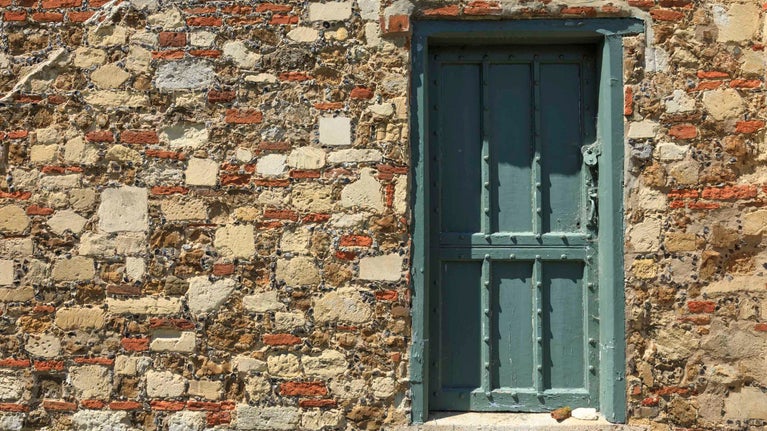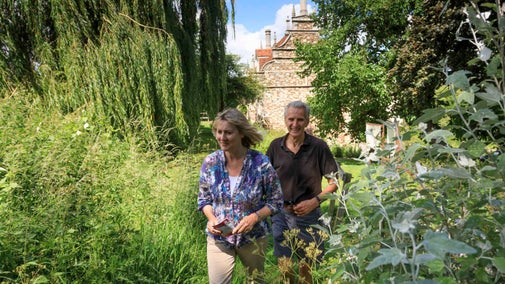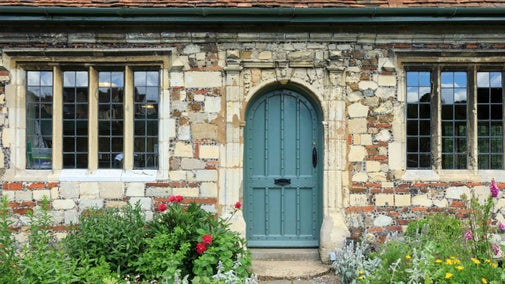
Discover more at Bourne Mill
Find out when Bourne Mill is open, how to get here, the things to see and do and more.

Whether your young learners are exploring the local area or studying a topic, Bourne Mill has a lot to offer. From a fishing pond to cloth production and corn milling, the site tells a tale of survival, adaptation and reuse through 500 years of changes in Colchester. We have activities focused on primary-age and Key Stage 2 pupils, but Bourne Mill welcomes students of all ages.
Primary-age children can explore the wealth of nature around Bourne Mill, with the character Terry the Terrapin as their guide.
Inspire your primary classes with creative activities in music, writing or poetry.
Children can respond to how the setting of Bourne Mill feels to them, and imagine the songs, poems and stories told in the past by people in the fulling trade. Examples from the Scottish mackerel fishing fleets could be used.
A scheme of lessons for Key Stage 2 pupils, designed around at least three lessons and one visit to the site.
In groups of four to six, children complete one of these tasks to help them put into practice what they’ve learned on their visit to the mill:

Primary pupils visiting the mill will examine the way the walls are constructed. Their task is to measure the walls’ bricks and stone precisely, then draw and make the bricks and stones from materials like card or papier-mâché.
Back at school in their classroom, they could construct their own wall, to investigate how the mill was built and think about the reasons why.
The mill is the perfect place for a self-led educational visit. If you would like to plan your visit, please contact us at bournemill@nationaltrust.org.uk
Schools or education groups can benefit from an Education Group Access Pass, which gives the whole group free admission and parking at most of the places in our care for a year.

Find out when Bourne Mill is open, how to get here, the things to see and do and more.

With its fulling stocks and 72-bucket waterwheel, Bourne Mill offers a fascinating peek into the history of Colchester's textile industry. Explore its highlights on a tour of the mill.

Explore the millpond, bug hotel and stumpery in the grounds at Bourne Mill and take a stroll around to fully appreciate the exterior of the 16th-century mill.

From a monks' fishing spot to an Elizabethan banqueting house to a fulling mill, Bourne Mill's history is inseparable from the town of Colchester's. Discover its rich story here.